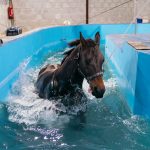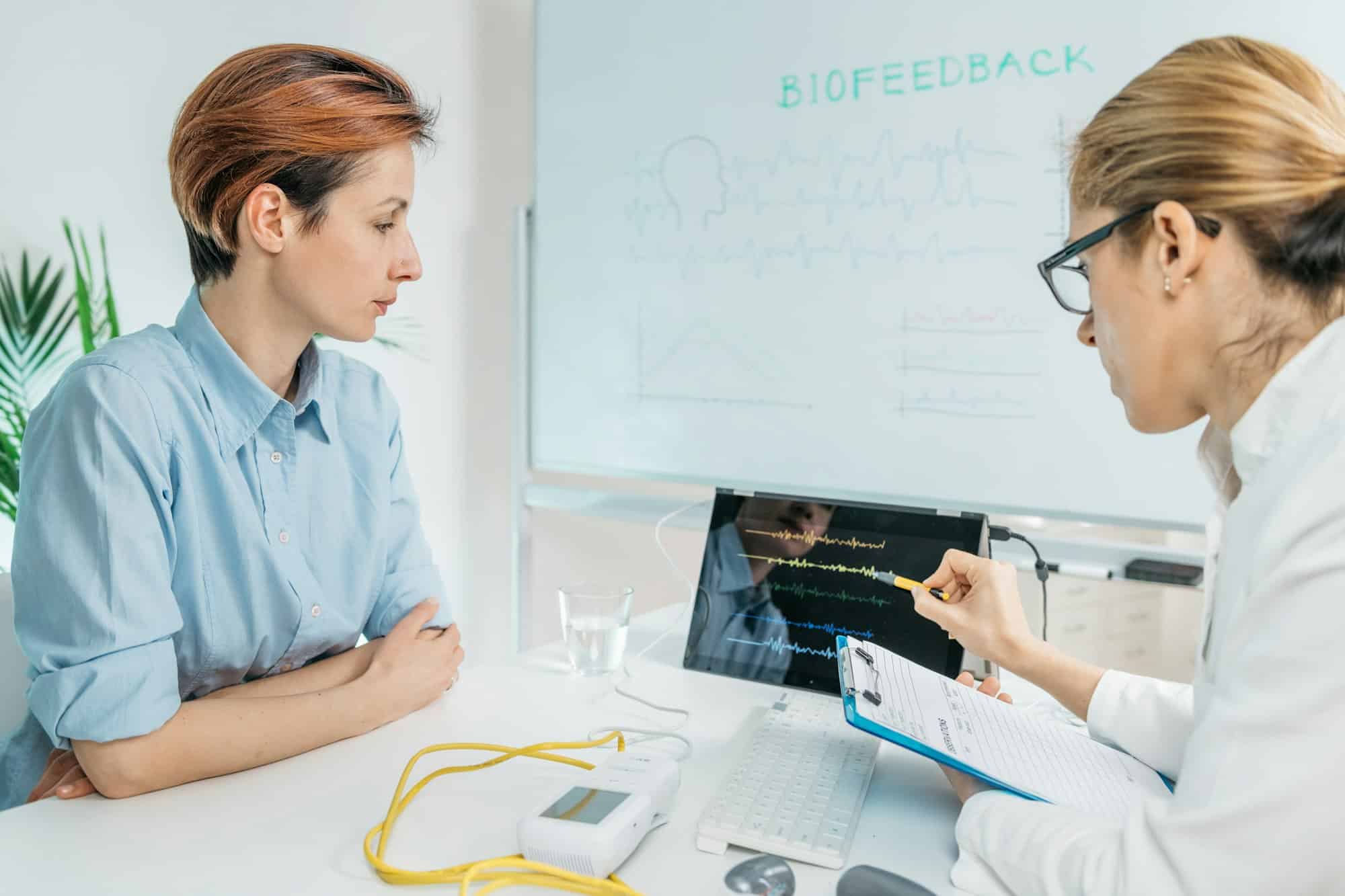Biofeedback, an innovative technique that trains your body to control physiological functions, is creating a buzz in the eSports world. It’s a game-changer for players battling the intense pressure and anxiety of high-stakes competitions. This article takes a deep dive into the role of biofeedback in managing stress responses among eSports professionals. By understanding their heart rate variability (HRV), skin response, and breathing patterns, players can significantly improve their in-game performance.
Biofeedback: Mastering Control over Physiological Responses
It’s natural to question, "What exactly is biofeedback?" At its core, biofeedback is a process that enables an individual to learn how to change physiological activities for the purposes of improving overall health and performance. Essential bodily functions such as heart rate, skin temperature, muscle tension, and breathing are monitored and presented to the individual in real-time. This real-time feedback helps individuals gain voluntary control over these physiological functions, which are usually unconscious.
Additional reading : What Are the Cognitive Benefits of Playing Competitive Table Games for Mental Fitness in Athletes?
The fascinating fact about biofeedback is its ability to provide a visual or auditory representation of a player’s physical response during intense gaming sessions. This invaluable insight allows players to manage their stress reactions effectively and maintain optimal performance even in high-pressure situations.
Heart Rate Variability (HRV): Unveiling the Link to Performance Anxiety
HRV is one of the critical physiological markers indicating stress and anxiety levels. It refers to the variation in time between each heartbeat. While this might seem trivial, research shows that a lower HRV tends to correlate with high anxiety and stress. Conversely, a higher HRV shows a strong, resilient response to stress.
Topic to read : How Are Laser Rangefinders Revolutionizing Training in Precision Target Sports?
For eSports professionals, understanding their HRV can offer significant benefits. When a player is aware of their heart rate patterns, they can modify their response to stress and maintain a steady performance. Training to increase HRV can also be beneficial. It not only helps players manage their anxiety but also improves their cognitive abilities such as decision-making and reaction time.
Breathing: The Key to Stress Management
Breathing might seem like a simple, natural process, but it holds the potential to alter a player’s stress response. The pace and depth of breathing can influence heart rate, digestion, mood, and even the body’s general stress response.
In biofeedback training, players learn to control their breathing patterns consciously. Slow, deep breathing stimulates the body’s relaxation response, leading to lower heart rate, reduced muscle tension, and feelings of calm and wellbeing. Mastering this skill could mean the difference between a panic response during a tense game and maintaining a state of calm.
Biofeedback Training: A Game-Changer in eSports
With the rise of eSports, the physical and mental demands on players are increasing. Biofeedback training is quickly becoming a vital tool in a player’s arsenal to handle this pressure. By understanding their physiological responses and learning how to control them, players can maintain peak performance levels for longer periods.
Incorporating biofeedback training into a player’s routine can also have long-term benefits. It can help players increase their focus, reduce anxiety, and manage stress effectively. It also provides an excellent way for players to understand their bodies better and optimize their performance in the high-stress, high-stakes world of eSports.
Biofeedback and Skin Response: An Essential Link
The body’s largest organ, the skin, also plays a crucial role in biofeedback. The skin’s electrical conductance changes with stress levels, a response known as the galvanic skin response (GSR). During periods of high stress or anxiety, sweat gland activity increases, leading to increased skin conductance.
By monitoring GSR during gaming sessions, players can gain insight into their stress responses. This understanding allows them to modify their behavior or use relaxation techniques to control their anxiety. As they master this, they can maintain their composure during crucial moments in the game, thus improving their overall performance.
In conclusion, biofeedback is a promising tool in the world of eSports, providing players with a unique way to manage stress and anxiety. With continuous training, they can master their physiological responses and significantly enhance their performance. The future of eSports looks bright, indeed, with biofeedback leading the way.
Biofeedback Devices and Technology: Harnessing Stress Management Power
Biofeedback devices and technology have evolved significantly and are now used as effective tools for stress management. These devices provide real-time data about various physiological functions such as heart rate, skin conductance, breathing, and muscle tension. By using this technology, eSports professionals can learn to alter these functions deliberately, thereby managing their stress levels more effectively.
One such device is the HRV biofeedback device, which monitors the heart rate variability of players. As per Google Scholar and PubMed Google, a consistently high HRV is a sign of good stress response and overall health. Conversely, a low HRV may indicate high stress and anxiety levels. By using this device, players can gain an understanding of their HRV and work to improve it.
EMG biofeedback measures muscle tension. As muscle tension often increases during periods of stress, players can use EMG biofeedback to understand their anxiety levels and work to reduce muscle tension.
EEG biofeedback, on the other hand, monitors the electrical activity of the brain. This data can provide valuable insights into the player’s mental state and can be used to improve concentration and focus.
Lastly, skin temperature biofeedback monitors the changes in blood flow in the skin. Increased blood flow, as indicated by a rise in skin temperature, can be an indication of stress. Temperature biofeedback allows players to understand this response and work towards stress reduction.
The Future of eSports: Biofeedback as a Powerful Tool
Considering the physiological and psychological demands of eSports, biofeedback is a powerful tool that players can harness to streamline their performance. The use of real-time data from biofeedback devices allows players to gain an in-depth understanding of their body’s responses to stress.
Biofeedback technology aids in drawing a bridge between the players’ nervous system and their conscious control. By understanding and manipulating their heart rate, skin conductance, breathing patterns, and muscle tension, players can stay composed during high-pressure scenarios, thereby enhancing their in-game performance.
Moreover, biofeedback training helps players understand their stress triggers and devise effective coping strategies. This not only helps them in the short-term during games but also offers long-term benefits. It teaches them stress management skills that they can apply to various aspects of their lives, not just gaming.
In conclusion, the future of eSports seems to be increasingly intertwined with biofeedback technology. As the stakes of the games rise, so does the need for effective stress management strategies. Biofeedback offers a scientifically backed, non-invasive, and effective way to manage in-game stress and anxiety. As more and more players adopt this technology, the role of biofeedback in eSports is only going to become more significant.











